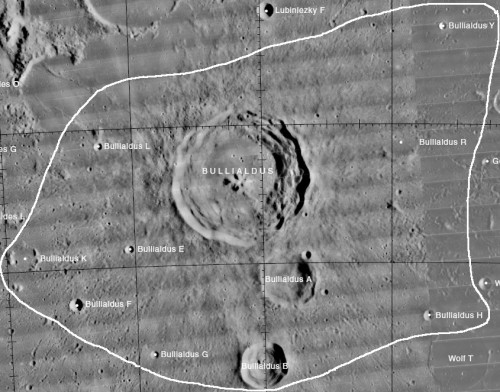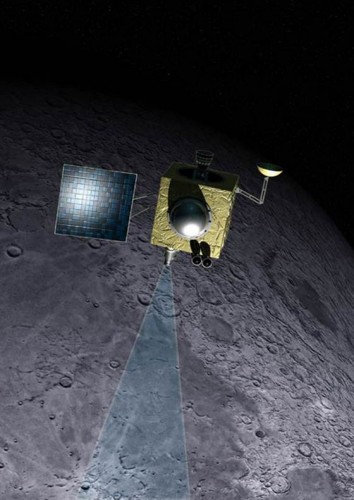
Just over 40 years have passed since humans last set foot on the moon, but meticulous study of the lunar surface is far from finished. In the August issue of Nature Geoscience, the monumental discovery of magmatic water on the surface of the moon was published. This finding is made even more noteworthy due to the fact that it is the first of its type made completely by remote detection.
Since physical samples of the moon itself are limited, the use of satellites to explore the surface has become essential. One machine in particular has been providing scientists with high-resolution images of impact craters since its launch in 2008. Spectroscopic data collected by NASA’s Moon Mineralogy Mapper (M3) revealed evidence of magmatic water, or water originating from deep within the interior of the moon. Spectroscopy is the study of light emitted, absorbed, or scattered by different objects based on their atomic structure. Each element has a unique set of electron orbits, and when an electron makes the jump from an excited (high energy) orbit to a lower orbit, energy is released in the form of a photon, or light particle. Therefore, since each element requires different amounts of energy, light is emitted in different wavelengths, meaning every element has its own spectrum. M3 uses a state-of-the-art imaging spectrometer, a device that filters light from the surface of the moon through a series of lenses and prisms to record wavelengths. It has mapped the entire surface of the moon to provide details about mineral composition.

Specifically, images of the Bullialdus Crater are what led to this most recent discovery. When a team at the Johns Hopkins University Applied Physics Laboratory analyzed the M3 images, they detected a high concentration of hydroxyl, a substructure of water consisting of one oxygen atom and one hydrogen atom. The amount of hydroxyl in the center of the crater is significantly higher than in the surrounding area, suggesting that hydroxyl was uncovered after impact. Also, looking at the absorption features provided by M3, the localized hydroxyl found in the Bullialdus Crater shows similar properties to hydroxyl bound to magmatic minerals, which argues against a surficial origin, such as from an asteroid. Although it has already been suggested by direct study of surface samples that the moon was once water-bearing, this study combines new spectroscopic data with the knowledge of observed geological features to determine that water was likely produced within the moon itself.
Characterizing lunar surface mineralogy is a critical step towards fuller comprehension of the geologic evolution of the moon, which in turn provides clues to the development of the terrestrial planets. Knowing that water exists within the moon considerably broadens the knowledge of mantle dynamics and volcanism, both of which have been key processes in the history of the moon. The discovery of lunar magmatic water not only brings up further questions for research, but also demonstrates that innovative solutions in remote detection provide means to further understand our closest celestial neighbor.

